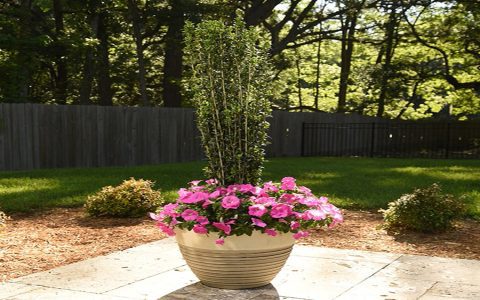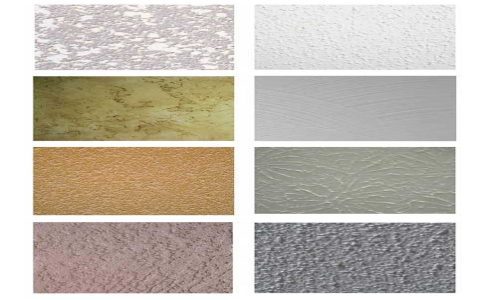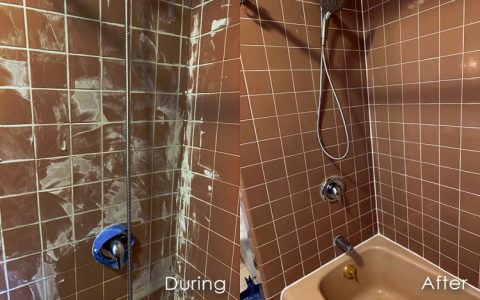Red shrubs offer a vibrant and dynamic element to landscape design, providing striking color contrast, focal points, and year-round interest. Their hues can range from bright crimson to deep burgundy, transforming gardens throughout the seasons.
Key Considerations for Selecting Red Shrubs
- Light Requirements: Ensure the chosen shrub's sun exposure needs (full sun, partial shade, full shade) match your garden conditions. Foliage color intensity, especially for red-leafed varieties, is often best in full sun.
- Mature Size: Consider the plant's ultimate height and spread to ensure it fits the intended space without overcrowding or requiring excessive pruning.
- Soil Preference: Match the shrub to your soil type, considering pH and drainage, for optimal health and growth.
- Hardiness Zone: Select varieties appropriate for your local climate to ensure winter survival and overall vigor.
- Seasonal Interest: Determine if you want year-round red foliage, dramatic fall color, red flowers, or red stems for winter interest.
- Maintenance: Consider pruning requirements, pest and disease resistance, and water needs.
Popular Red Shrub Varieties
Barberry (Berberis thunbergii)
Many cultivars offer stunning red, crimson, or purple foliage. Popular choices include 'Crimson Pygmy' (dwarf, mounding), 'Rose Glow' (mottled pink, rose, and burgundy), and 'Helmond Pillar' (upright, columnar). Barberries are known for their drought tolerance, deer resistance, and thorny branches, making them good for barrier plantings. Note that some regions consider certain species invasive.
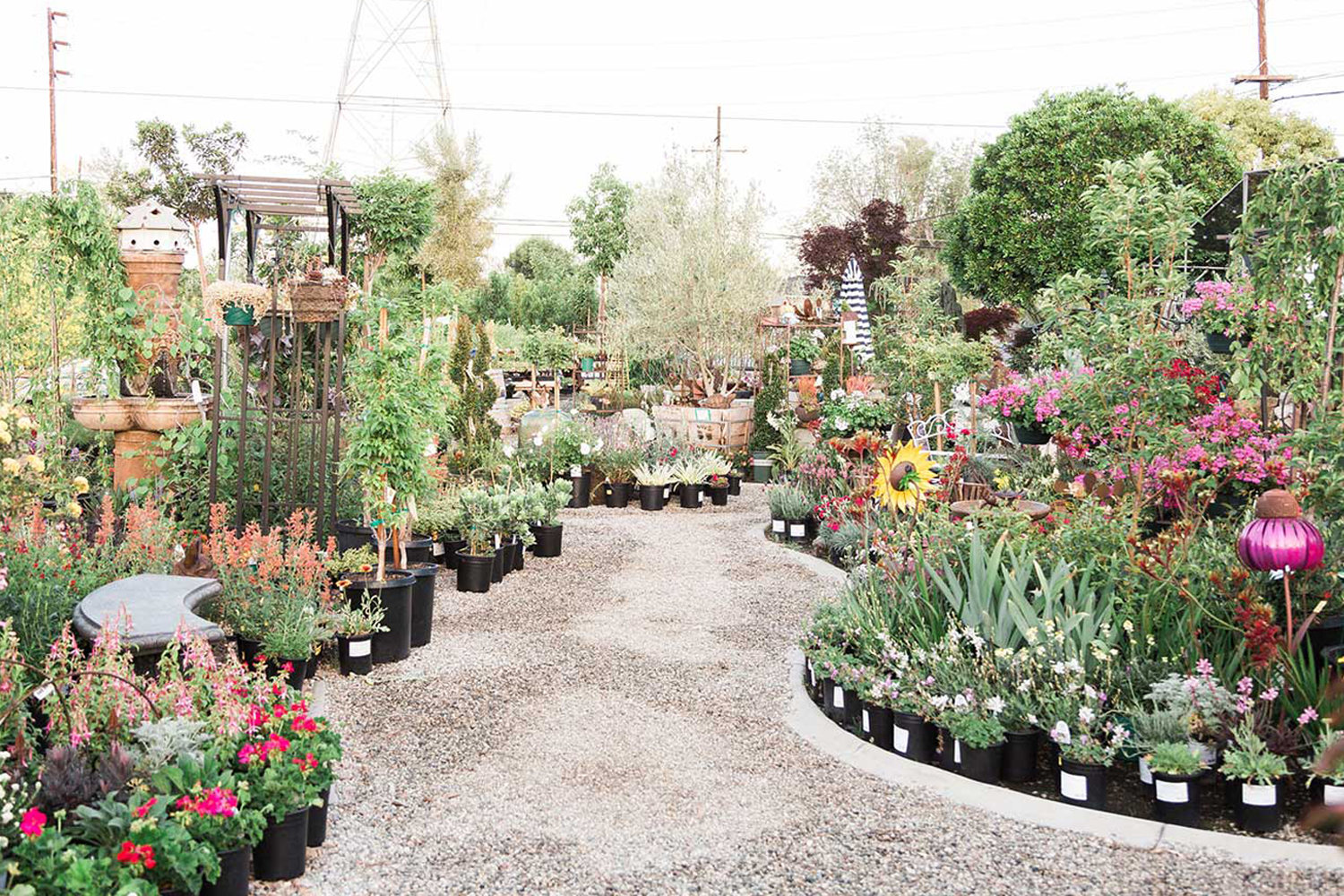
Burning Bush (Euonymus alatus)
Highly prized for its incredibly intense, fiery scarlet fall color. During spring and summer, the foliage is typically medium green. It is an adaptable shrub, tolerant of various soil conditions. 'Compactus' is a popular, smaller cultivar, though it can still reach a significant size. Be aware that Euonymus alatus is considered invasive in some parts of North America.
Ninebark (Physocarpus opulifolius)
Cultivars such as 'Diabolo' (also known as 'Monlo'), 'Summer Wine', and 'Ginger Wine' feature rich, deep burgundy or wine-red foliage throughout the growing season. They also offer attractive clusters of pinkish-white flowers in late spring or early summer, followed by reddish seed capsules. Exfoliating bark provides winter interest.
Weigela (Weigela florida)
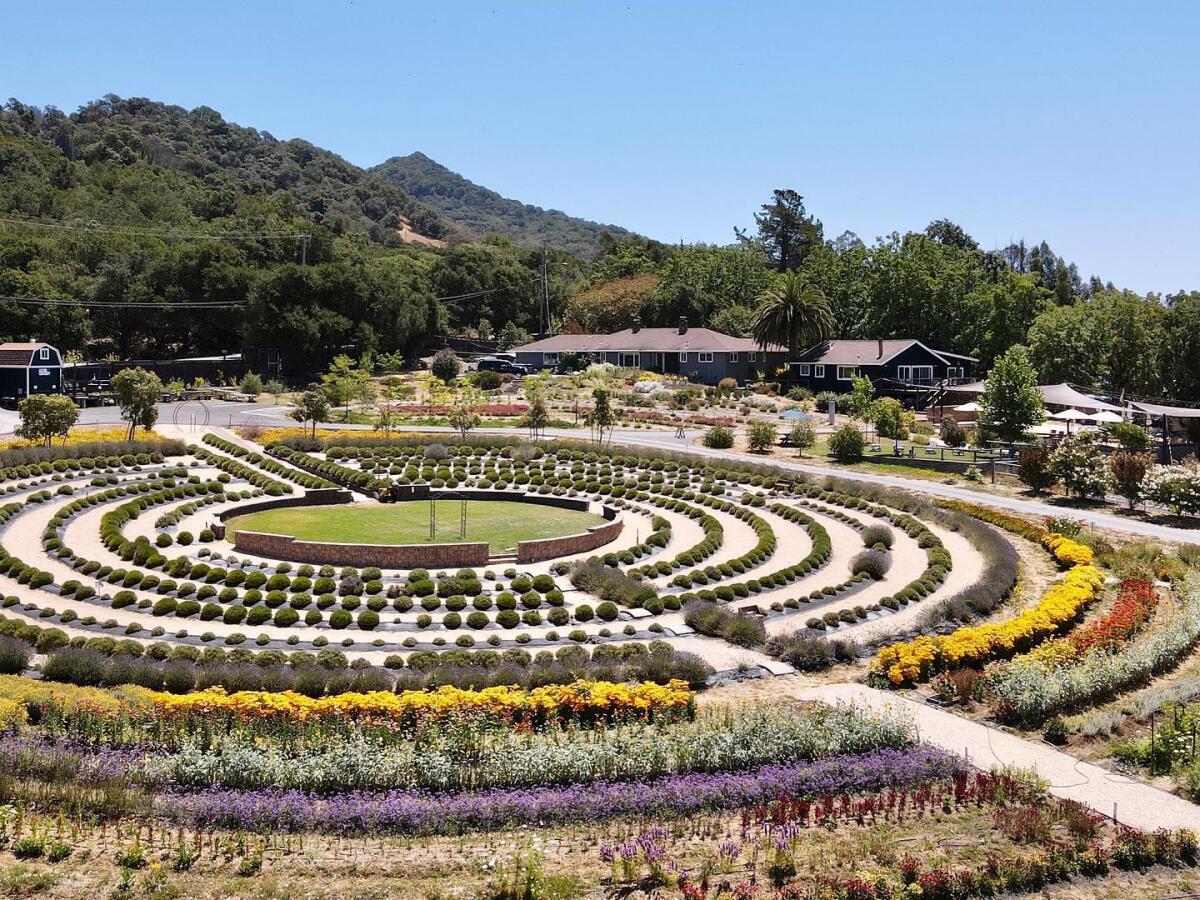
Varieties like 'Wine & Roses' (Sonic Bloom® Pure Purple or Spilled Wine® are improved or smaller versions) boast dark burgundy-purple foliage that provides a striking backdrop for their abundant, trumpet-shaped, rosy-pink to red flowers in late spring, often with repeat blooming. They are attractive to hummingbirds and generally low-maintenance.
Red Twig Dogwood (Cornus sericea / Cornus alba)
While their summer foliage is often green (though some cultivars have variegated leaves or reddish tints), these shrubs are primarily grown for their brilliant red stems, which provide exceptional color and interest in the winter landscape, especially against snow. 'Arctic Fire' and 'Baileyi' are popular red-stemmed varieties. Regular pruning encourages new, brightly colored stem growth.
Nandina (Nandina domestica)
Commonly known as Heavenly Bamboo, Nandina offers fine-textured, almost fern-like foliage. New growth is often reddish or bronze, maturing to green in summer, and then developing vibrant shades of red, crimson, and purple in fall and winter. Cultivars like 'Fire Power', 'Gulf Stream', or 'Obsession' are noted for their intense red winter color. Some varieties produce red berries, but be aware that Nandina can be invasive in some areas, and berries can be toxic to birds if consumed in large quantities.
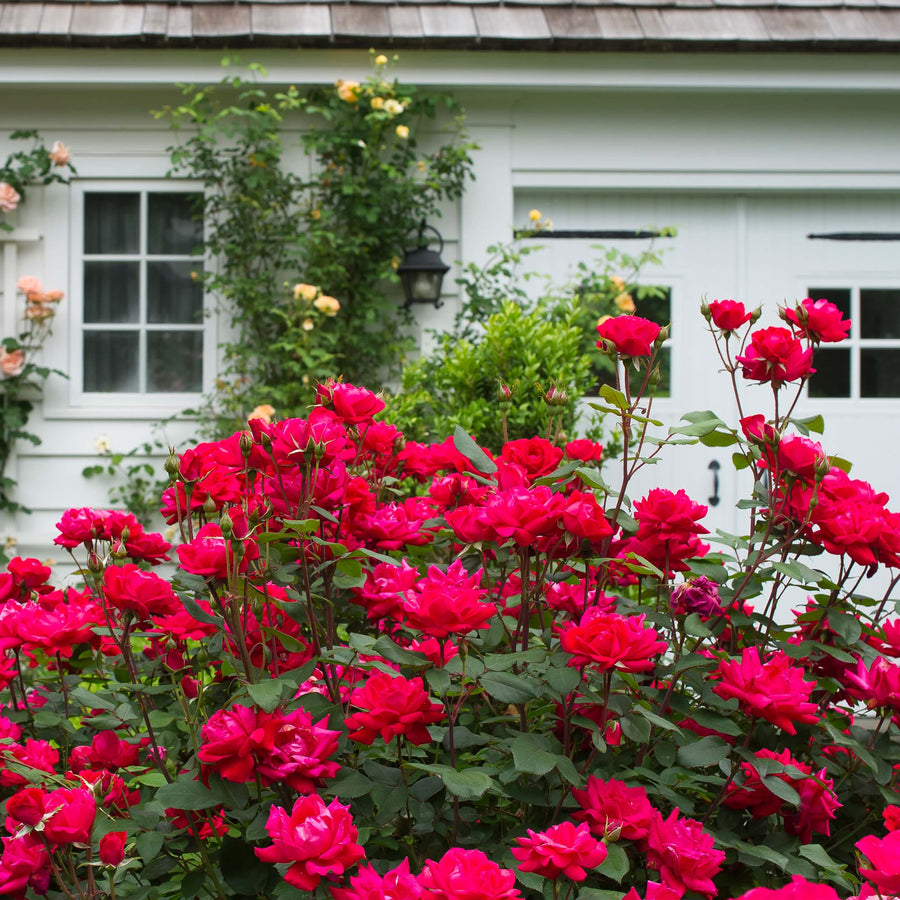
Loropetalum (Loropetalum chinense var. rubrum)
Also known as Chinese Fringe Flower, many cultivars offer striking deep burgundy, purple, or red foliage year-round in milder climates. They produce unique, spidery, fringe-like flowers in shades of pink, red, or fuchsia, primarily in spring but sometimes sporadically throughout the year. 'Ruby', 'Ever Red', and 'Crimson Fire' are popular examples.
Incorporating Red Shrubs in Your Landscape
Red shrubs can be used effectively as foundation plantings, in mixed borders to create contrast, as striking specimen plants, or for creating colorful hedges and screens. Their bold foliage or stems pair well with plants offering green, gold, silver, or blue foliage, enhancing the visual depth and complexity of garden designs. Consider the red hue (bright, dark, purplish) when combining with other colors for harmonious or intentionally vibrant contrasts.

